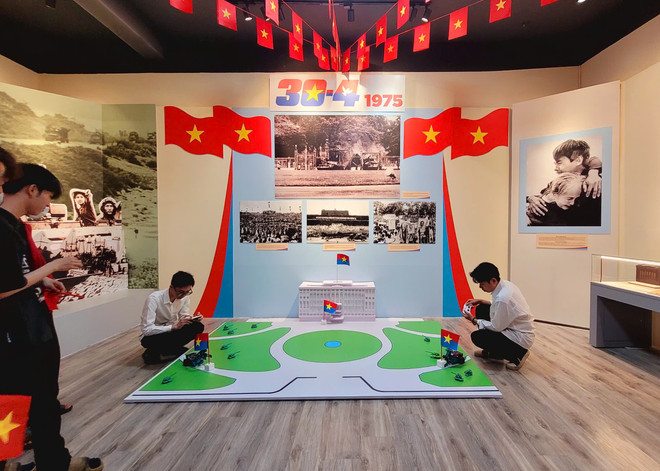
On the morning of April 22, the National Museum of History opened an exhibition called “The Country and Rivers Unite,” displaying 150 documents and artifacts about the historical journey leading to the great victory in the Spring of 1975.
The exhibition divides the period from 1954-1975 into three parts, including “Aspiration for Unification,” “Vietnam is One - Vietnamese People are One,” and “The Mountains and Rivers Are One.”
Notably, there is a simulation of the liberation army's tanks advancing towards the Independence Palace. Two remote-controlled robots, with the liberation flag on top, recall the moment when tank number 843 crashed into the side gate and tank number 390 crashed into the main gate of the Palace, the last headquarters of the American puppet government.
At the opening ceremony, veteran Ngo Sy Nguyen, gunner number 1 of tank 390, also recounted his experience at this historic moment. He wished to convey strong emotions and intense patriotism to visitors, especially the younger generation.
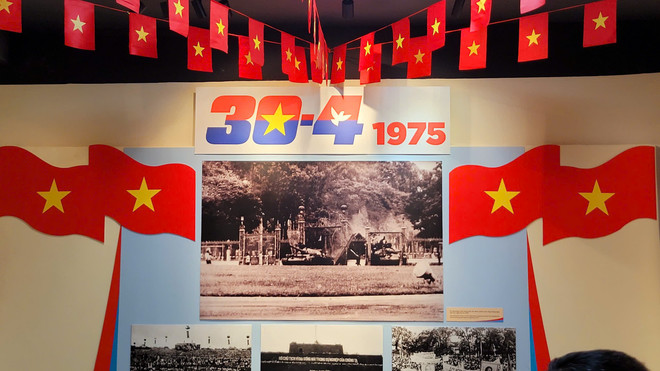
In addition, the three parts of the exhibition provide many important images and documents. Part 1 , “Aspiration for Unification,” revolves around the period when Vietnam implemented the 1954 Geneva Agreement, built socialism in the North, and fought for peaceful unification in the two regions.
These are images of Hien Luong Bridge across Ben Hai River, images of Northern people welcoming Southern cadres to regroup; Southern people fighting for national reunification...
Part 2 - "Vietnam is one - Vietnamese people are one" introduces the policies of President Ho Chi Minh and the Party, leading the people to gain independence, supporting the South; and the support of the people of the world for our nation's cause of fighting against the US to save the country.
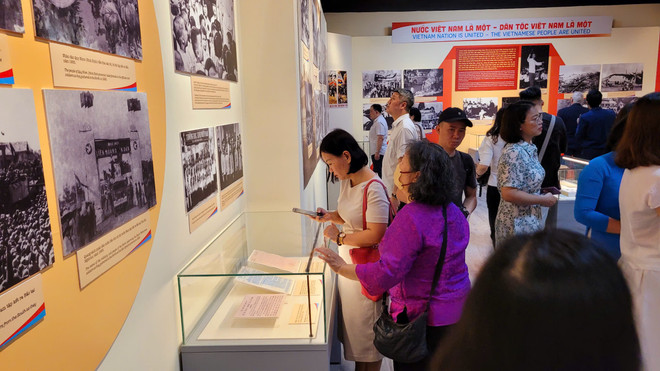
This section includes important milestones such as the founding ceremony of the National Liberation Front of South Vietnam in Tay Ninh , the Cu Chi people's uprising to destroy the US-puppet strategic hamlets, and the "Sing for my compatriots" movement of students in the South.
Along with that are images of activities such as Cambodian people carrying slogans protesting the US invasion of Vietnam, Soviet people rallying to support the Vietnamese people fighting for independence, and many American veterans taking to the streets to protest against the unjust war.
Finally, part 3 - "Non song lien mot dai" attracts attention because of the images leading to the victory day - images of liberation in many places from Buon Ma Thuot (Dak Lak), Hue, Da Nang and finally to Saigon, Independence Palace.
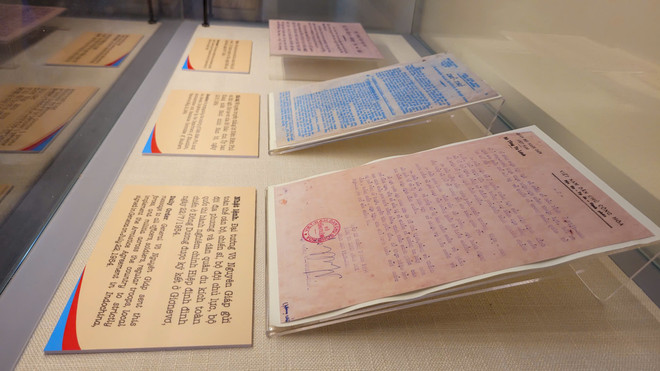
This exhibition also includes post-liberation activities such as the National Reunification Conference in Saigon-Gia Dinh in November 1975 and the opening ceremony of the first session of the unified National Assembly in 1976.
Representatives of the Vietnam Museum of History hope that the exhibition will be an opportunity to express the people's desire for peace, affirming solidarity and unity to bring the country back together, thereby arousing pride and responsibility in each person, especially when approaching the great anniversary of the nation.
The exhibition will run from April 22 to August 2025 at the museum, located at 1 Trang Tien, Hoan Kiem, Hanoi.
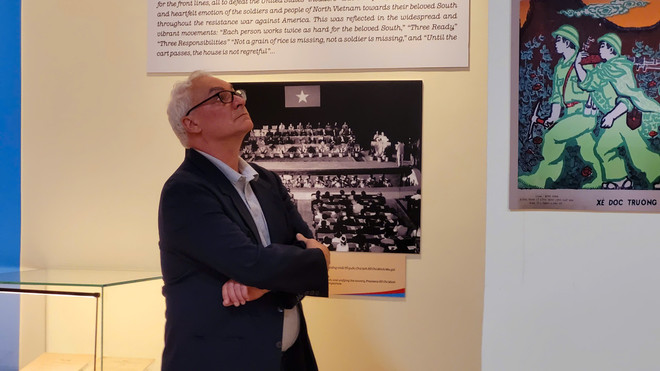
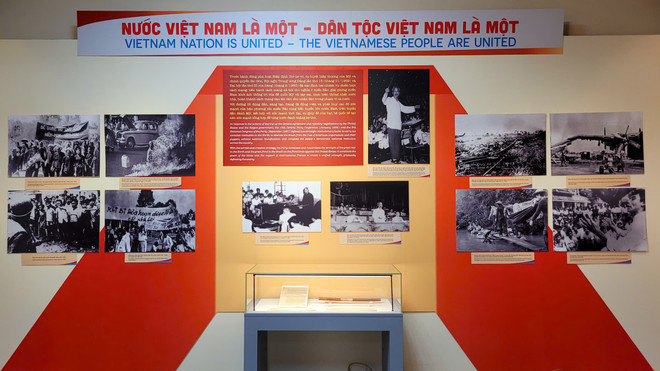
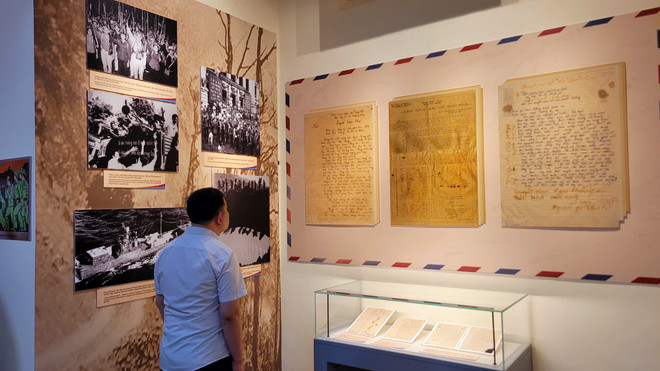
Source: https://www.vietnamplus.vn/song-dong-mo-hinh-xe-tang-tien-den-dinh-doc-lap-tai-trung-bay-lich-su-post1034276.vnp


![[Photo] Hungarian President and his wife take a walk and enjoy the view of Hoan Kiem Lake](https://vphoto.vietnam.vn/thumb/1200x675/vietnam/resource/IMAGE/2025/5/28/b9c83fbe6d5849a4805f986af8d33f39)
![[Photo] Hungarian President begins official visit to Vietnam](https://vphoto.vietnam.vn/thumb/1200x675/vietnam/resource/IMAGE/2025/5/27/ab75a654c6934572a4f1a566ac63ce82)

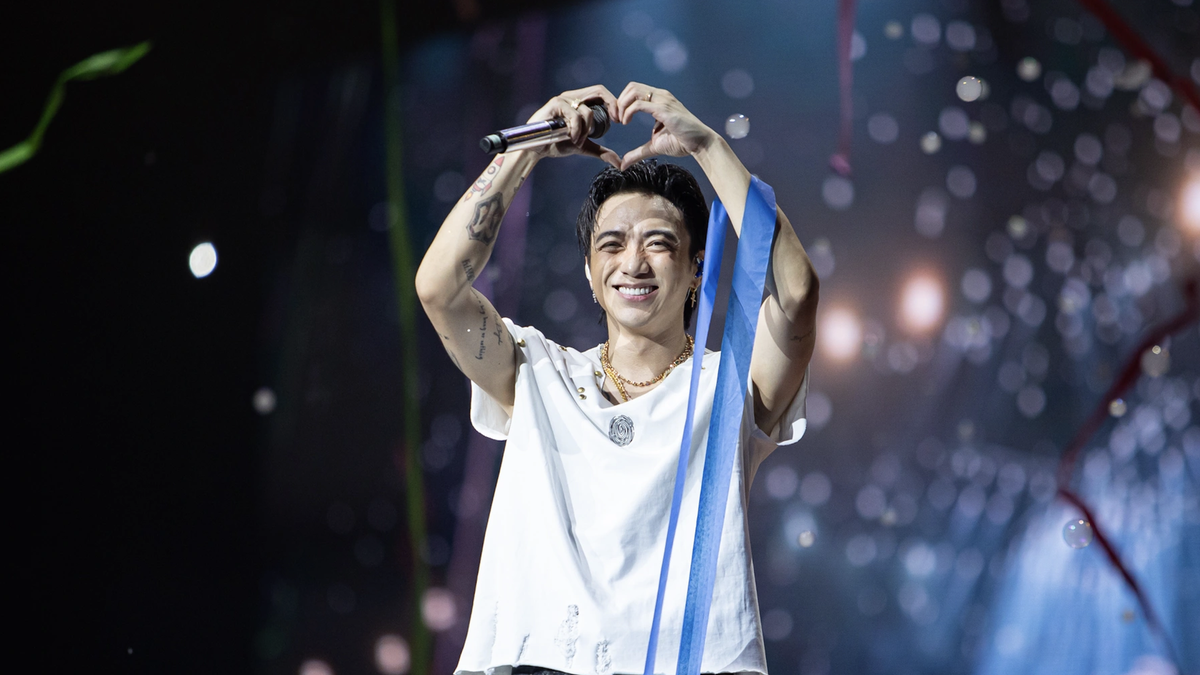




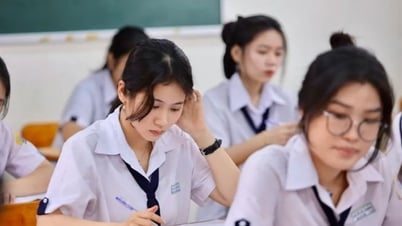
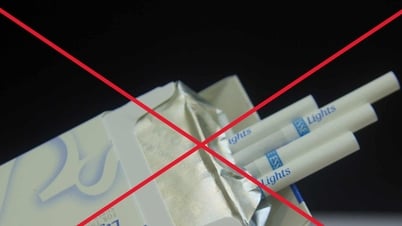
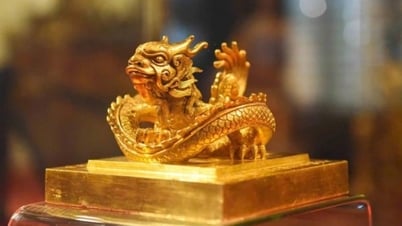
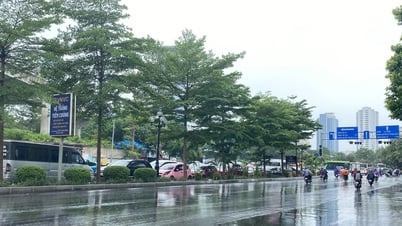
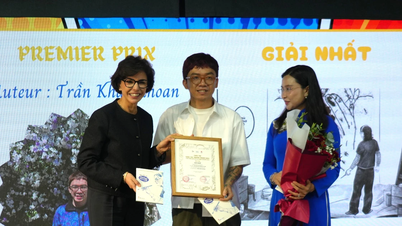




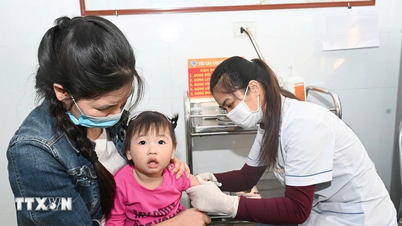
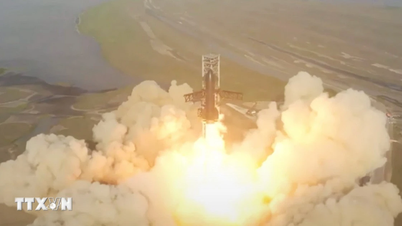
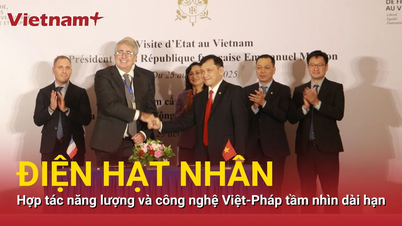
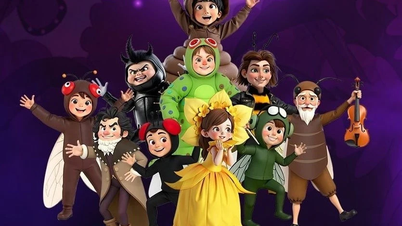
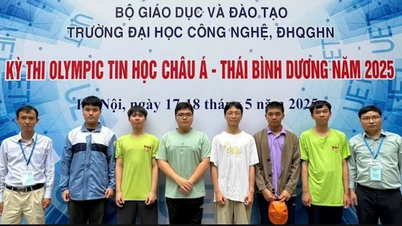
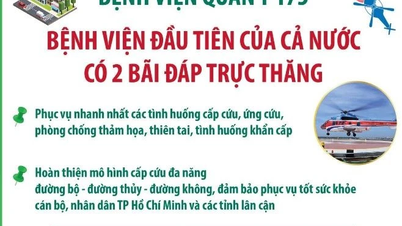
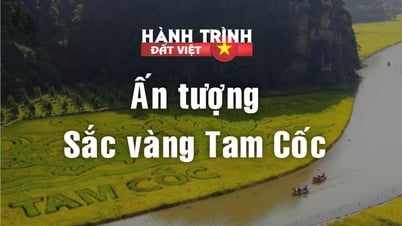


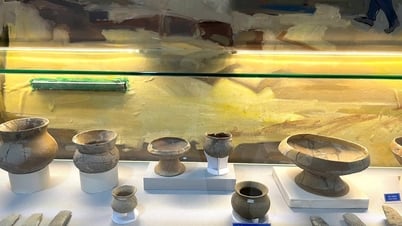

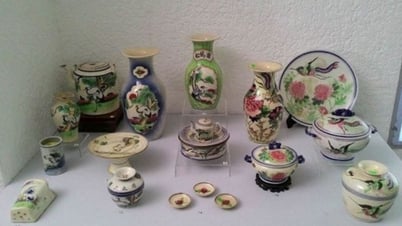

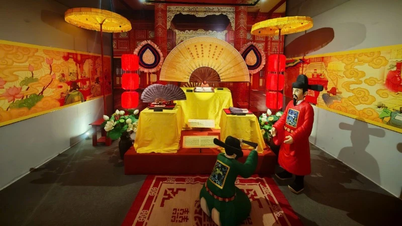

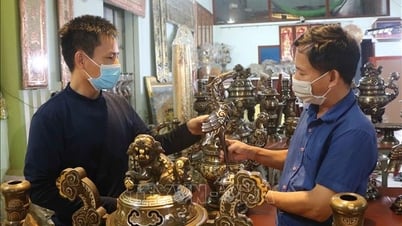
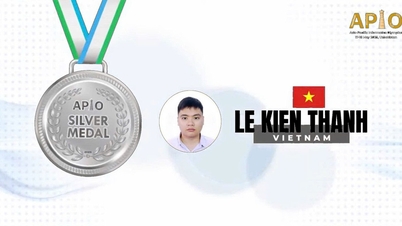

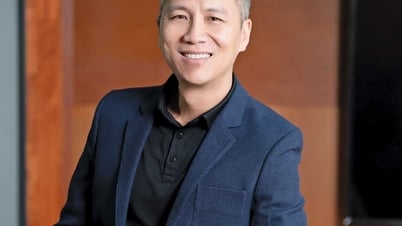

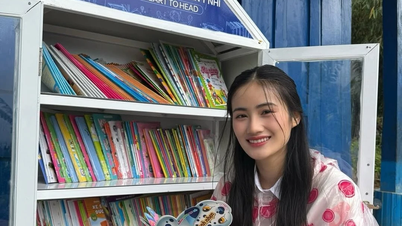
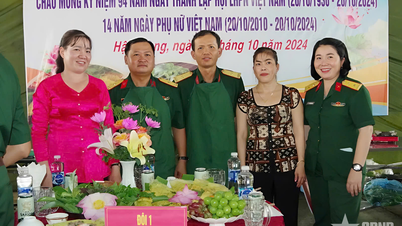

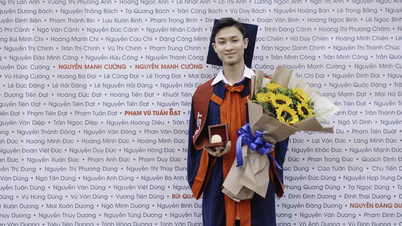
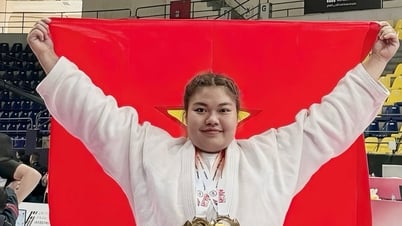

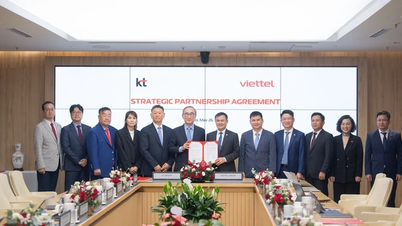
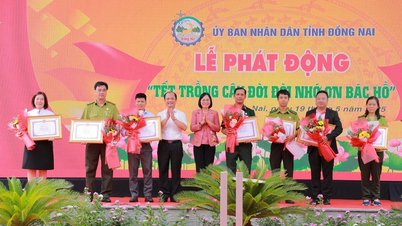
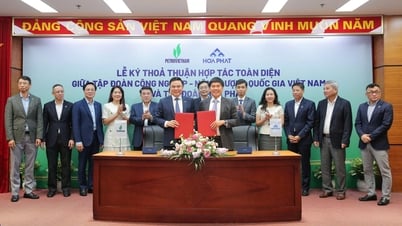

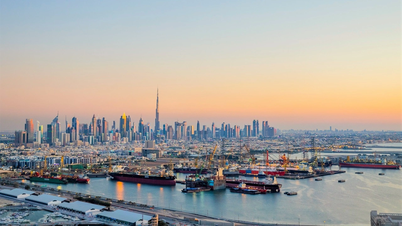

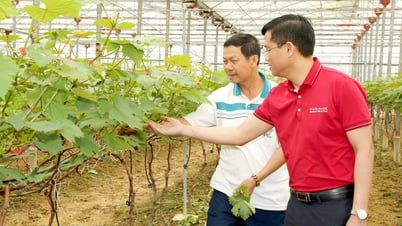


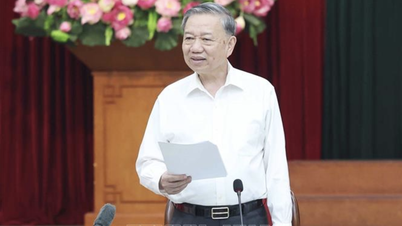
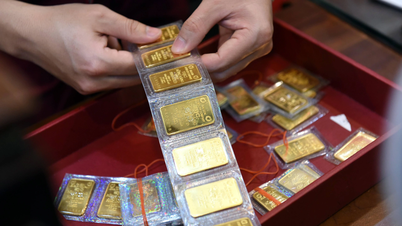
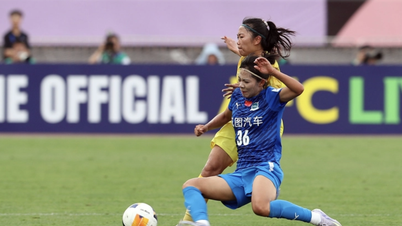
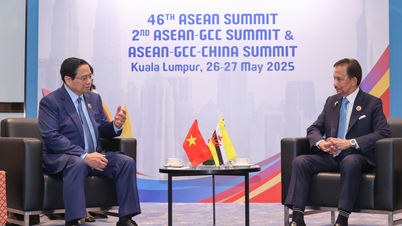






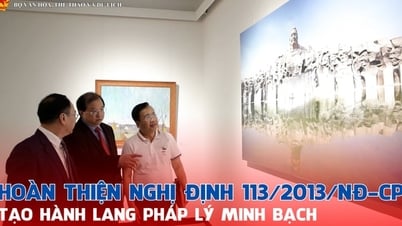
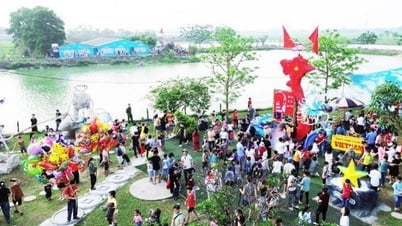
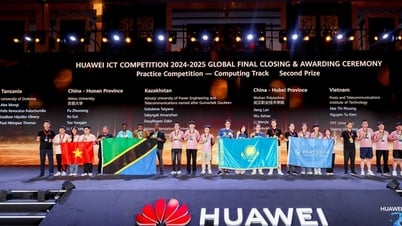

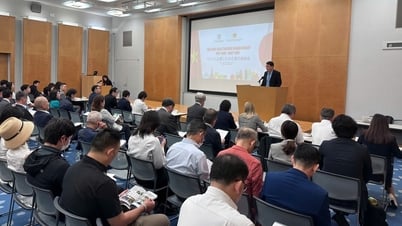
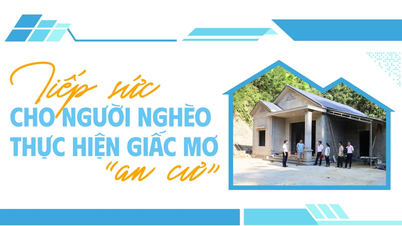

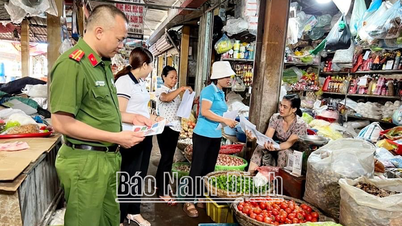

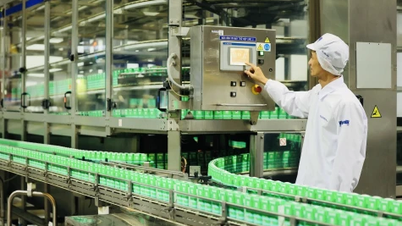


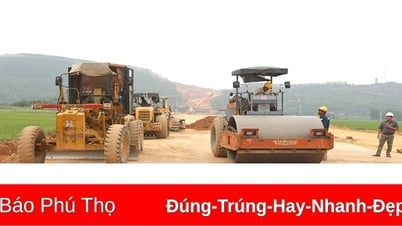

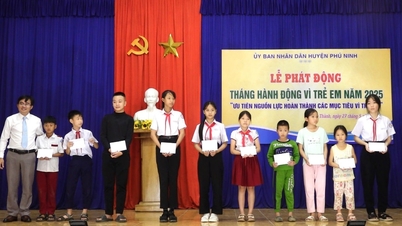

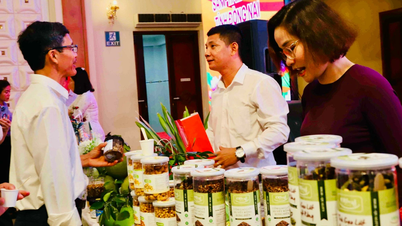

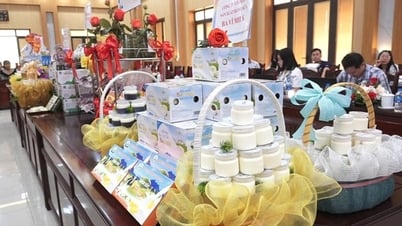

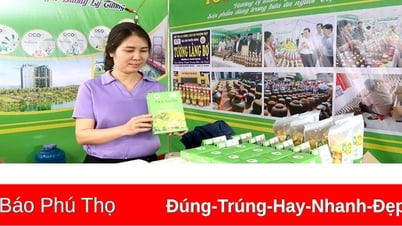
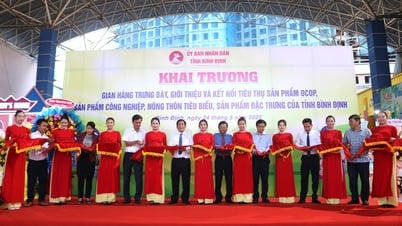

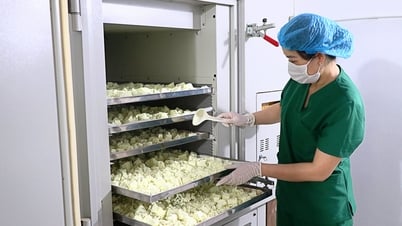



Comment (0)